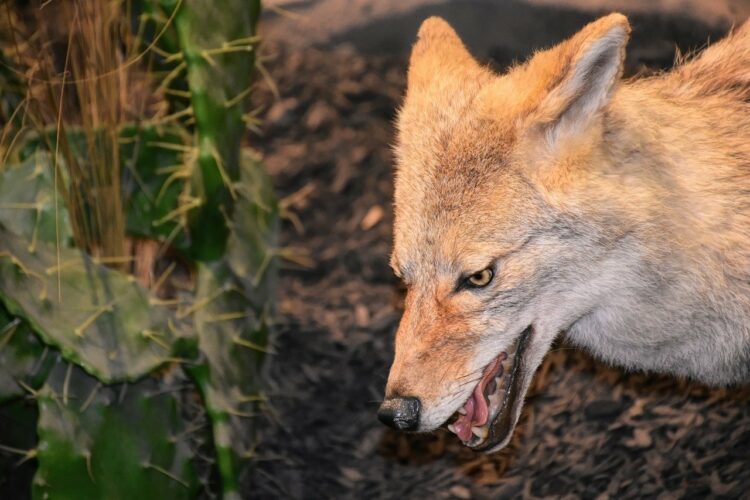
Have you ever thought you saw a dog or a wolf, but it turned out to be a coyote? These sneaky creatures are part of the dog family and are native to North America. You can tell them apart from regular dogs because they have bushy tails that they usually carry downwards, and they’re smaller than wolves. There are 19 different types of coyotes, and sometimes, they mix with wolves, creating hybrid pups. Here are some cool facts about coyotes you may not have heard before!
The Coyote’s Name Comes from Aztec Language

In the Aztec language Nahuatl, coyotes were called “Coyotyl.” When the Spanish came along, they heard it as “coyote.” And that’s the name that stuck, even in English! But these clever critters have picked up a few other names along the way, like prairie wolves, American jackals, and brush wolves. But no matter what you call them, they’re still the same animal in the end!
Coyotes Help Control Pests in Nature
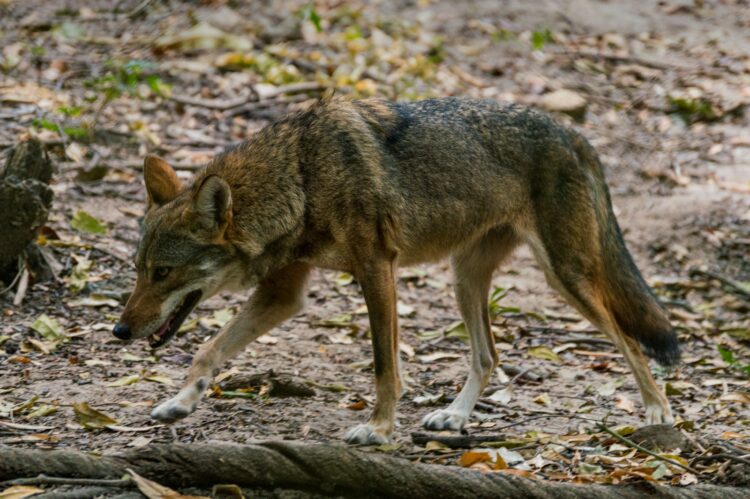
Coyotes are masters at hunting rodents and rabbits, which makes them quite handy for controlling pests. Even though some ranchers don’t like them, if managed properly without harming them, coyotes can be a big help. See, rabbits are a big deal for cows because they compete for grass. When ranchers allow coyotes to live on their land—especially ones that aren’t interested in livestock—these clever animals can keep populations of mice, groundhogs, and gophers in check.
Coyotes Help Spread Seeds Around
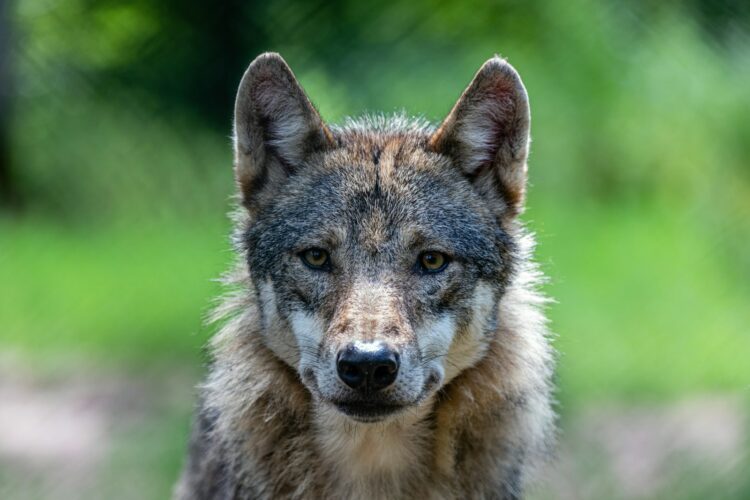
Coyotes don’t just hunt – they’re also pretty good at spreading seeds around! When they munch on fruits and plants, they end up swallowing seeds, too. Later on, when they do their business, those seeds come out in their poop. It sounds gross, but it’s actually beneficial for nature! By spreading these seeds around, coyotes help new plants grow in different places, making sure the environment stays diverse and healthy.
People Have Helped Coyotes Spread to New Areas
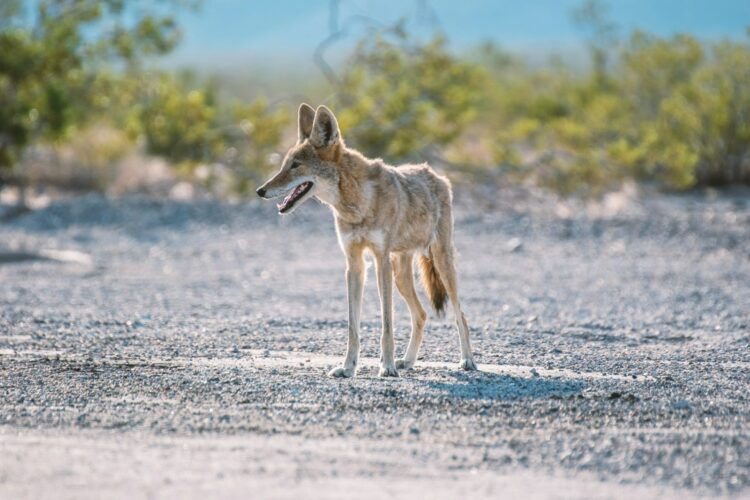
Once upon a time, coyotes only lived in the southwest and on the plains of North America. But as more Europeans headed west, they started changing the landscape. They chopped down forests to make farms and got rid of big predators like wolves, cougars, and bears. Without these predators around, coyotes had more room to roam, so they packed their bags and moved into new areas.
Eastern Coyotes Have Both Wolf and Coyote Traits
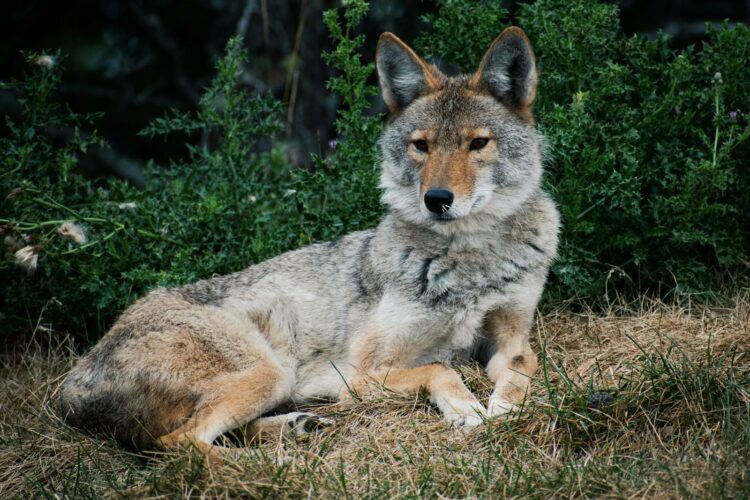
Have you ever noticed how some coyotes look a bit different from others? Well, there’s a reason for that! Eastern coyotes are bigger and have more wolf-like features compared to their western cousins. So what’s the deal? It turns out that as western coyotes moved east, they met up with eastern wolves and even picked up a bit of DNA from domestic dogs along the way. That’s why some people call them “coywolves”!
Coyotes Eat Both Plants and Animals
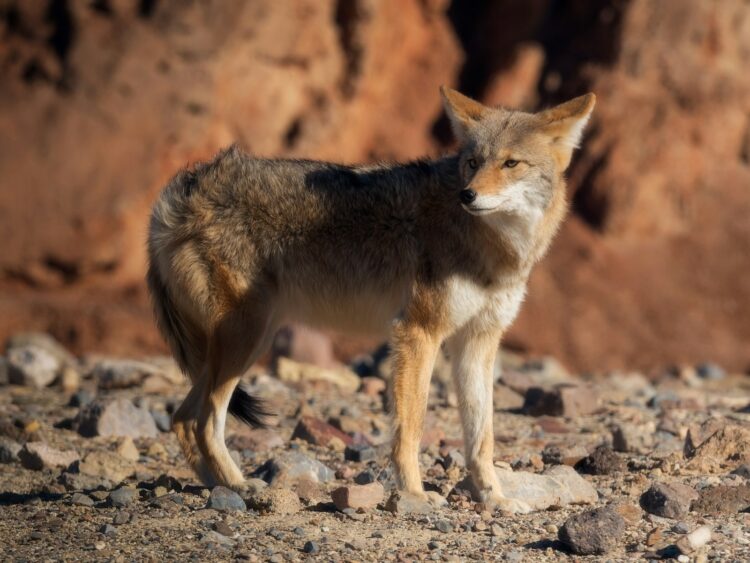
Coyotes aren’t picky eaters—they’ll chow down on more than just rodents and birds! These clever critters are omnivores, which means they’ll happily munch on all sorts of goodies like ripe berries, veggies, and fallen fruits. But if you’re not too keen on having coyotes as dinner guests in your yard, there are a few things you can do. Make sure to clean up any food or water sources, like fallen fruits under trees or veggie gardens.
Coyote Couples Stay Together for Life
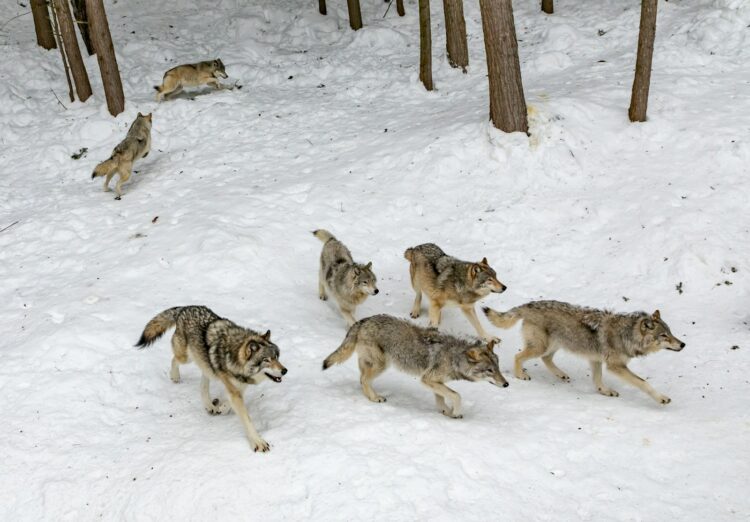
Did you know that coyotes are quite the romantic bunch? Once they find their special someone, they stick together for life! Researchers found out in a study that even with other potential mates nearby, coyote couples stay faithful to each other. Now, that’s what you call commitment! If, unfortunately, one of them passes away, the surviving coyote might decide to move on once their pups are old enough to fend for themselves.
Coyotes Can Run Very Fast
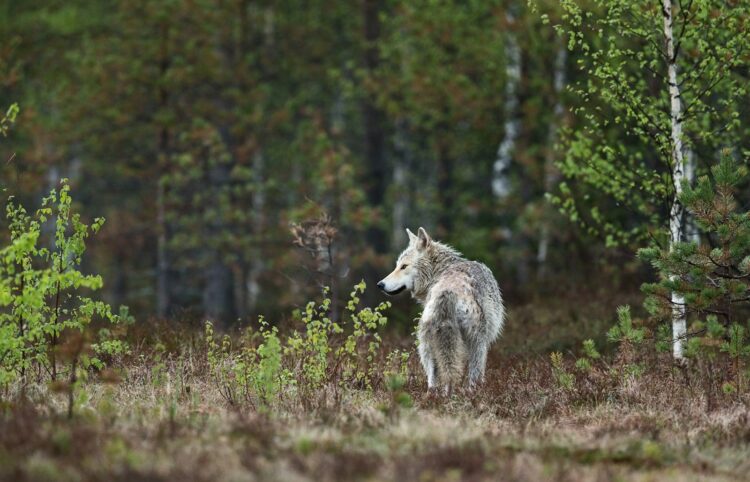
Did you know that coyotes usually stroll around at the same speed as your average dog? But when it’s time to chase down dinner or escape from danger, they kick it into high gear. Coyotes can zoom along at an impressive 35 to 43 miles per hour. Plus, they’re pretty sneaky, too—walking and running on their tiptoes to keep things quiet while they’re on the move.
Coyotes Have Excellent Hearing
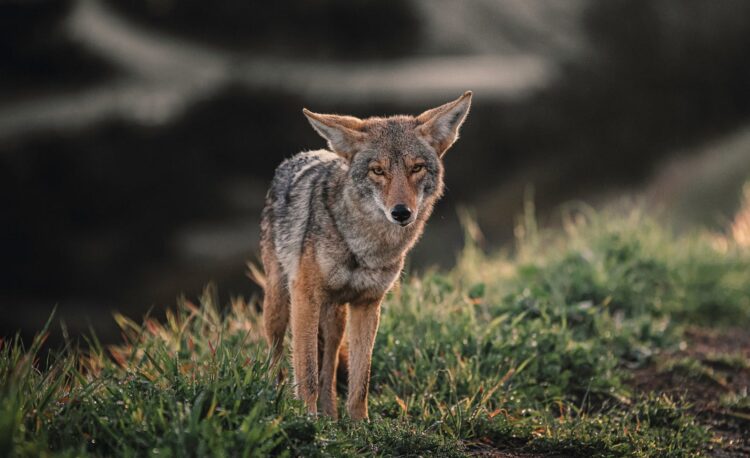
Ever wonder how coyotes seem to know everything that’s going on around them? Well, their fantastic hearing might have something to do with it. With their large, wide-shaped ears, coyotes can pick up sounds from nearly a quarter-mile away. That’s like having built-in radar for the wilderness. Even in the winter, when the ground’s covered in snow, they can hear movement happening beneath 7 inches of the white stuff.
Coyote Attacks on Humans Are Rare
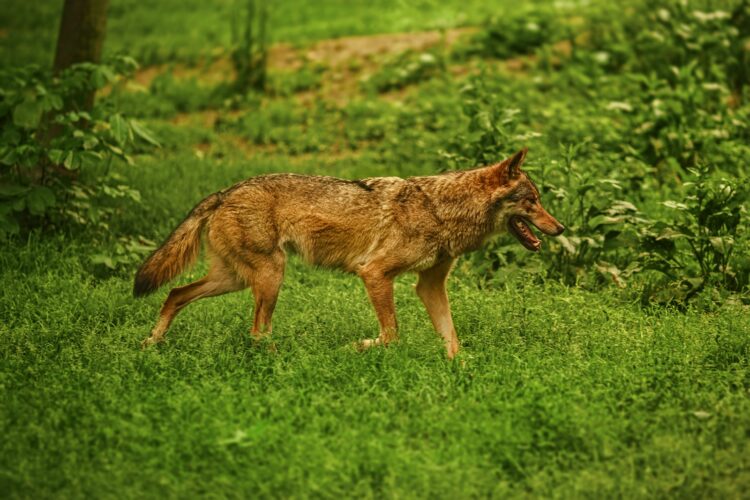
Coyote attacks are super rare, especially in rural areas where most coyotes are shy and steer clear of humans. Unless someone gets too close while they’re hunting, coyotes usually keep their distance. Surprisingly, these clever critters are also regulars in cities, where they often rub shoulders with humans without causing any harm. So, if you spot a coyote strolling through your neighborhood, there’s no need to panic—they’re usually just minding their own business!
Coyotes Are Very Smart Animals
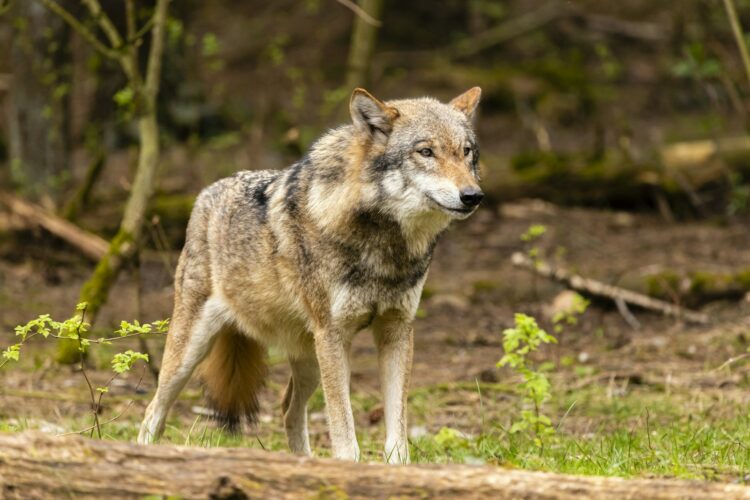
Have you ever heard how smart coyotes are? These crafty critters are famous for their brains and adaptability. No matter what life throws at them, coyotes always find a way to thrive. Plus, they’re not just solo operators but also great at figuring out the social scene and navigating through complex relationships like actual social butterflies. So next time you see a coyote, remember, you’re looking at one sharp cookie!
Coyotes Make Different Sounds to Communicate
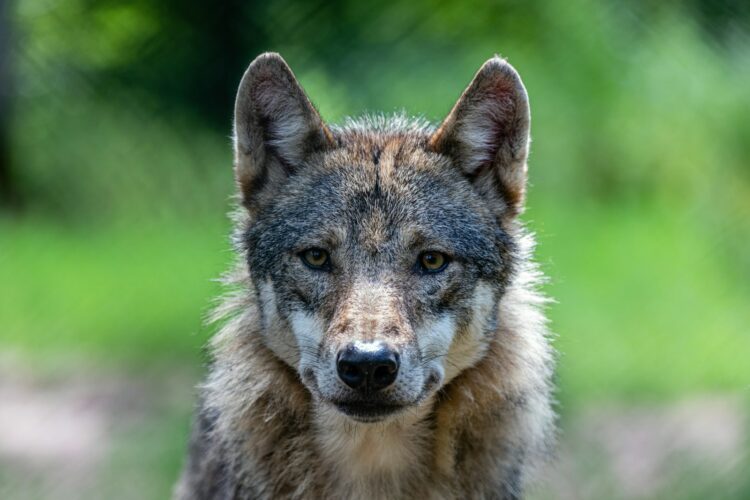
Did you know coyotes are the chatterboxes of the wild world in North America? These talkative critters have a whopping 11 different ways of speaking up! From growls to woofs to howls, they’ve got quite the vocabulary. And they’re not just making noise for the fun of it—coyotes use these different sounds to chat with their family or pack and to let other critters know whose turf they’re on.
Coyotes Fit Right into City Life
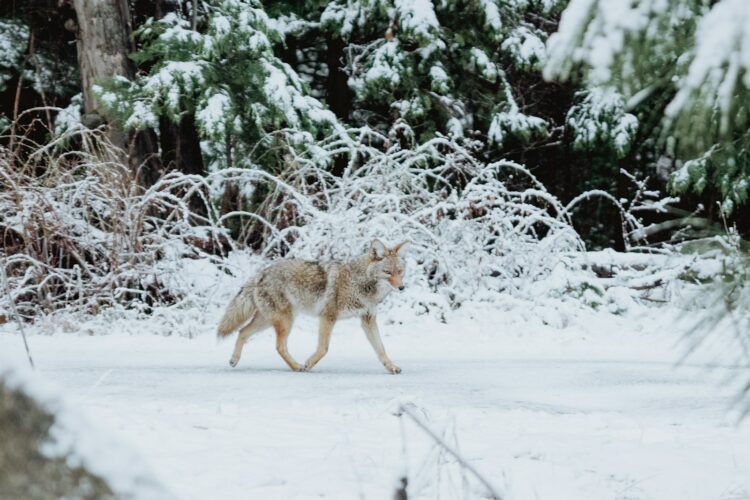
Did you know coyotes often live near people in towns and cities? Yep, almost every big city in the U.S. has its own coyote crew. But here’s the twist: city coyotes act a bit differently than those in the countryside. They’re not as shy and might even snack on cats or leftovers from humans. It’s like they’ve learned to fit right in with city life, making themselves at home among the streets and buildings.
Coyotes Raise Their Young Together
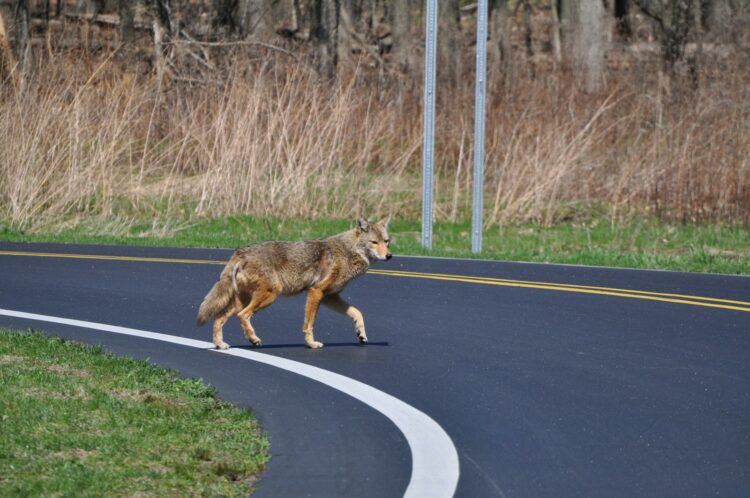
Guess what? Coyotes are pretty good parents! They usually raise their babies together as a couple or with a bigger group. And get this—the number of pups in a litter can range from just one to a whopping 19! How many babies they have depends on how much food and other stuff they can find. Once the pups are old enough, mom and dad start them on solid food by feeding them regurgitated meals.
Coyotes Can Be Risky Sometimes
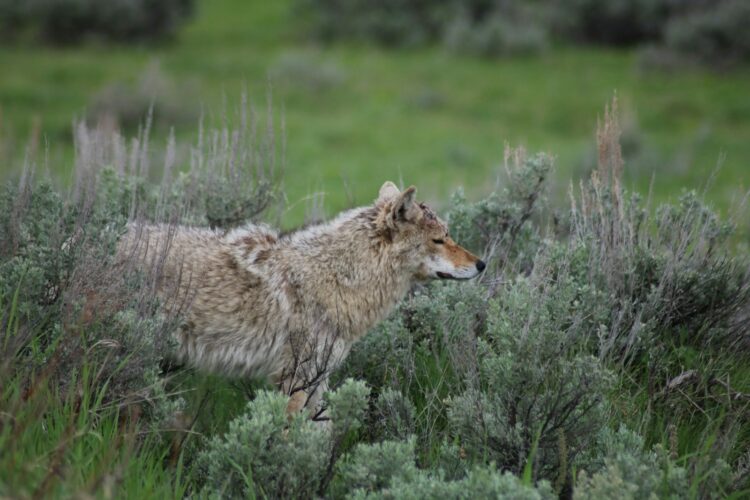
Coyotes are usually shy and avoid humans. But things can get hairy if people try to feed them or back them into a corner. That’s when things can take a dangerous turn. Sadly, some folks have gotten hurt or worse while trying to protect their pets from coyotes. And sometimes, coyotes will even get into scraps with dogs, which can end very badly.

